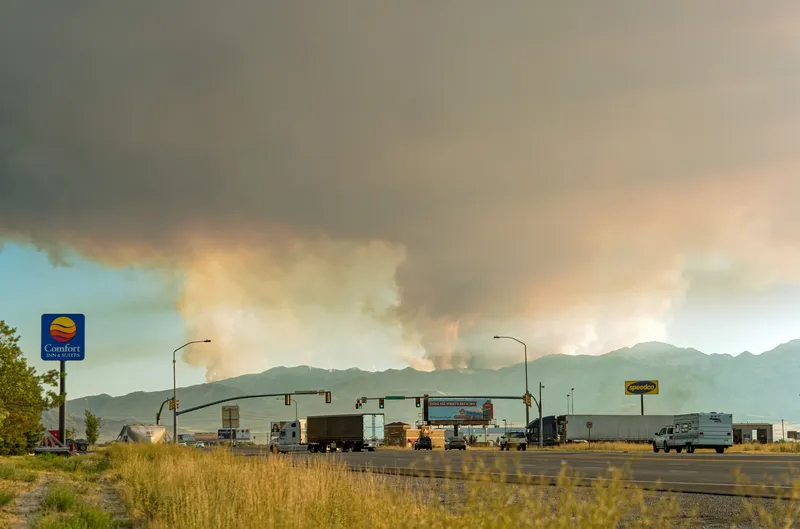The US Federal Highway Administration (FHWA) will host a two-day summit on 26-27 June on advancing the culture of traffic incident management (TIM) throughout the country. US Department of Transportation (USDoT) Secretary Raymond LaHood and Federal Highway Administrator Victor Mendez will welcome the group and provide opening remarks demonstrating the commitment of FHWA and USDoT senior executives in support of safe, quick traffic incident responses on the nation's roadways. Those attending this summit incl
June 14, 2012
Read time: 2 mins
RSSThe US 831 Federal Highway Administration (FHWA) will host a two-day summit on 26-27 June on advancing the culture of traffic incident management (TIM) throughout the country. 324 US Department of Transportation (USDoT) Secretary Raymond LaHood and Federal Highway Administrator Victor Mendez will welcome the group and provide opening remarks demonstrating the commitment of FHWA and USDoT senior executives in support of safe, quick traffic incident responses on the nation's roadways. Those attending this summit include about 40 national leaders in the fields of transportation, law enforcement, fire/rescue, emergency medical services and their related associations.
This forum of senior-level, multi-disciplinary executives will tackle tough challenges and discuss innovative solutions to help enhance TIM strategies related to TIM policies and procedures. The group will also discuss the effectiveness of State and local legislation on Safe, Quick Clearance and outreach to TIM practitioners and motorists to ensure maximum public and responder safety and compliance with laws. The agenda will include a discussion of national TIM training to prepare stakeholders to adopt a forward-focused approach to safely and efficiently plan for and execute traffic incident operations.
FHWA says it anticipates that this high-profile meeting will result in the identification of gaps and good practices that will help it define the National TIM programme work plan for the next several years. A report following the Summit will summarise the two-day event. The report will be available from the FHWA Office of Transportation Operations by the beginning of August 2012, and will be posted on its Traffic Incident Management website.
This forum of senior-level, multi-disciplinary executives will tackle tough challenges and discuss innovative solutions to help enhance TIM strategies related to TIM policies and procedures. The group will also discuss the effectiveness of State and local legislation on Safe, Quick Clearance and outreach to TIM practitioners and motorists to ensure maximum public and responder safety and compliance with laws. The agenda will include a discussion of national TIM training to prepare stakeholders to adopt a forward-focused approach to safely and efficiently plan for and execute traffic incident operations.
FHWA says it anticipates that this high-profile meeting will result in the identification of gaps and good practices that will help it define the National TIM programme work plan for the next several years. A report following the Summit will summarise the two-day event. The report will be available from the FHWA Office of Transportation Operations by the beginning of August 2012, and will be posted on its Traffic Incident Management website.








